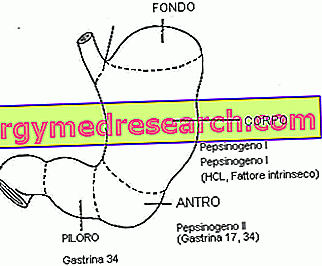Scroll down the page to read the summary table on the melon
| Melon | Known for its imposing size, its orange color, its sweet taste and freshness: the melon, together with the watermelon, has become the emblem of summer |
| Melons: land of origin | Probably, the melon originates from Asia, but Africa is also considered a plausible land of origin for many authors |
| Melons: diffusion | Melon cultivation is widespread throughout the world China is the world's largest melon producer In Italy, 23, 000 hectares of land are destined for the cultivation of melons |
| Melons: soil requirements | Melon is a rather demanding plant in terms of climate, soil and humidity → warm climate, deep and well drained soil, low humidity → very cultivated in greenhouses |
| Melon: botanical analysis | Botanical name: Cucumis melo Family: Curcubitaceae Description: annual plant Stem: creeping, able to branch and become a climber Leaves: lobed, reniform and rounded Roots: developed both in depth and on the surface Fruit: peponide Pulp: fleshy orange-yellow, juicy and very sweet Peel: hard and massive epicarp Internal (seeds): set in a spongy and fibrous mass |
| Melon: variety and types | Fruit melons:
|
| Winter melon | Features:
|
| Preservation of melons and characteristics | Storage: in the fridge, at a temperature not below 5 ° C Unripe melons: storage at room temperature Quality of the melon: to the touch it must not be soft, and must give off an intense and strong perfume from the skin |
| Melon: nutritional composition | Kcal / 100 grams: 33 Water: thick> 90% Sugars: 10-13% Fibers, proteins, fats: <1% Vitamins: A, C, PP, B1 and B2 Mineral salts: potassium, phosphorus, calcium and sodium |
| Melon: virtue | Formerly:
|
| Ham and melon | Makes the melons tastier Makes the melons more digestible and less laxative |



